Industrial Unified Namespace
A unified namespace—designed for industrial
Contextualize all industrial data and insights, unifying and simplifying, in one space and scale industrial AI use cases.

Overview of a unified namespace for industrial
What is a unified namespace?
The unified namespace concept connects and contextualizes various operations and enterprise data sources into a single structure and naming convention. The purpose of a UNS is to simplify the accessibility of industrial data and provide industrial insights at scale. When developing a UNS, consider reducing manual efforts by using artificial intelligence to cleanse and normalize data, identify relationships between sources, and maintain the system with intelligent recommendations.
What does a unified namespace do?
A unified namespace reduces the barrier to adopting and scaling AI-driven operational excellence. By centralizing data and simplifying integration with open APIs, a UNS creates the backbone of industrial data needed to optimize processes and energy consumption, improve the performance of equipment and assets, empower field workers with insights, and analyze performance in real time. The value of a UNS is not the structure itself but rather the AI-driven insights that can be extracted from unified data.
How does a unified namespace work?
As a concept, the unified namespace functions by connecting and normalizing data from disparate data sources (commonly using MQTT for connectivity), creating a common structure or data model (commonly the model defined within ISA-95), and providing accessibility to this data through open APIs that allow users to access this structured and contextualized information in other sources or applications.
Who uses a unified namespace?
A UNS has two user groups. End users such as process engineers, operators, maintenance, quality, and production teams use the underlying data from the UNS for tailored use cases. Data from the UNS can be reused for many use cases and insights, such as predictive maintenance, actionable KPIs, connected workers, and real-time analysis. The other group consists of those who use the UNS to develop AI-powered insights and use cases, such as data scientists, business analysts, and data engineers.
Create insights with a unified namespace for industrial AI
Streamline the creation of a unified namespace with IRIS Foundry. Ensure a quick and efficient setup using asset and process templates, P&ID Ingestion, AI-powered contextualization services, and pre-built industrial connectors. Structure data into an asset hierarchy and explore unified data in a user-friendly industrial knowledge graph. Simplify data orchestration with a robust and open foundation for scalable AI solutions and deploy purpose-built, AI-powered applications on top of IRIS Foundry for rapid value realization.
Benefits of creating a unified namespace with SymphonyAI
Streamline the creation of a Unified Namespace with IRIS Foundry. Ensure a quick and efficient setup using asset and process templates, P&ID Ingestion, AI-powered contextualization services, and prebuilt industrial connectors. Structure data into an asset hierarchy and explore unified data through a user-friendly industrial knowledge graph. This integrated approach simplifies the complexities of data orchestration, providing a robust and open foundation for scalable AI solutions. Deploy purpose-built, AI-powered applications on top of IRIS Foundry for rapid value realization.
An industrial unified namespace streamlines the integration, standardization, and scalability of industrial data. As data is structured across your industrial or manufacturing enterprise, ISA-95 standards are applied and the data’s structure is easily-tailored with our drag-and-drop interface.
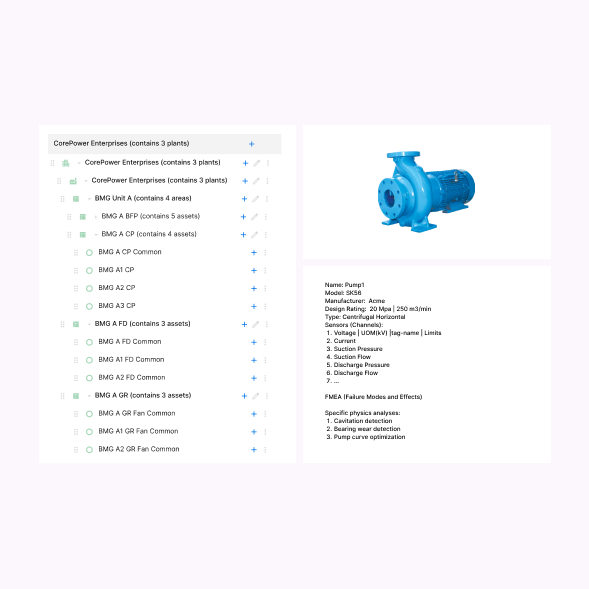
An industrial unified namespace automates the extraction and interpretation of diagram symbols, components, and connections. Minimize user intervention to improve efficiency and accuracy in data foundries by easily converting drawing text and technical specifications into structured data models.
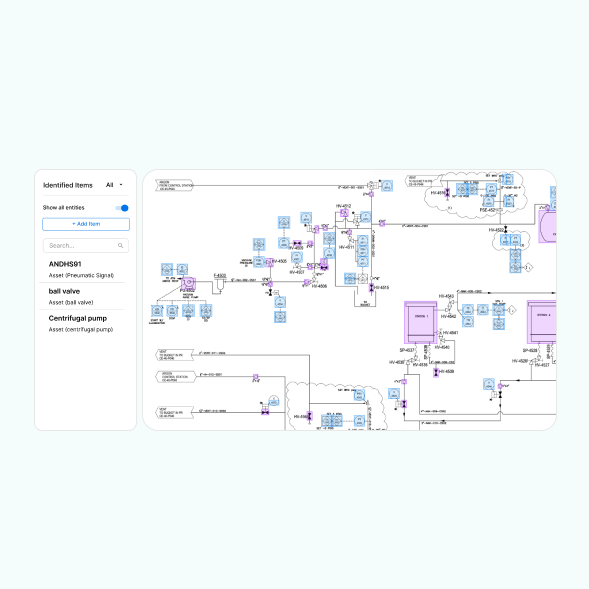
An industrial unified namespace harnesses powerful data contextualization to overcome the complexities of disparate data streams and sources. Ensure the coherence and relevance of your data while boosting the efficiency and accuracy of AI-driven insights.
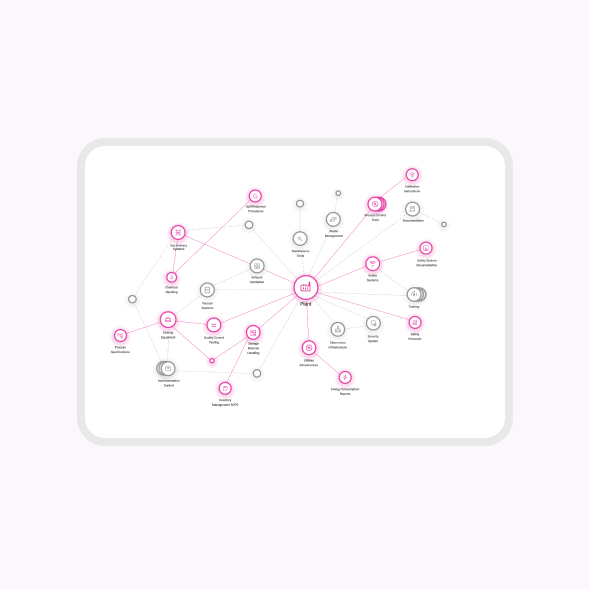
An industrial unified namespace’s library of pre-built connectors facilitates connection between industrial assets and systems. Use an MQTT broker and event-driven architecture to enable real-time data transformations, enhance security, and handle errors with precision.
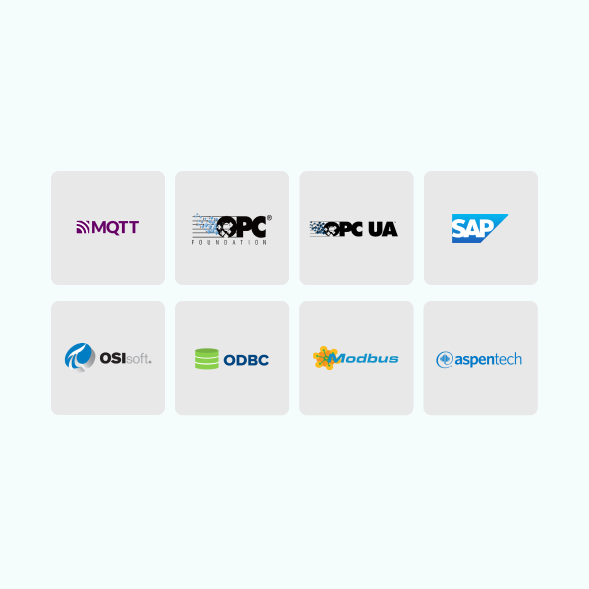
Realize value with purpose-built applications powered by a unified namespace
Reduce downtime and maintenance costs with Predictive Asset Intelligence
A unified namespace uses AI to predict equipment failures before they occur, reducing downtime and maintenance costs associated with data integration between sensors and machines.
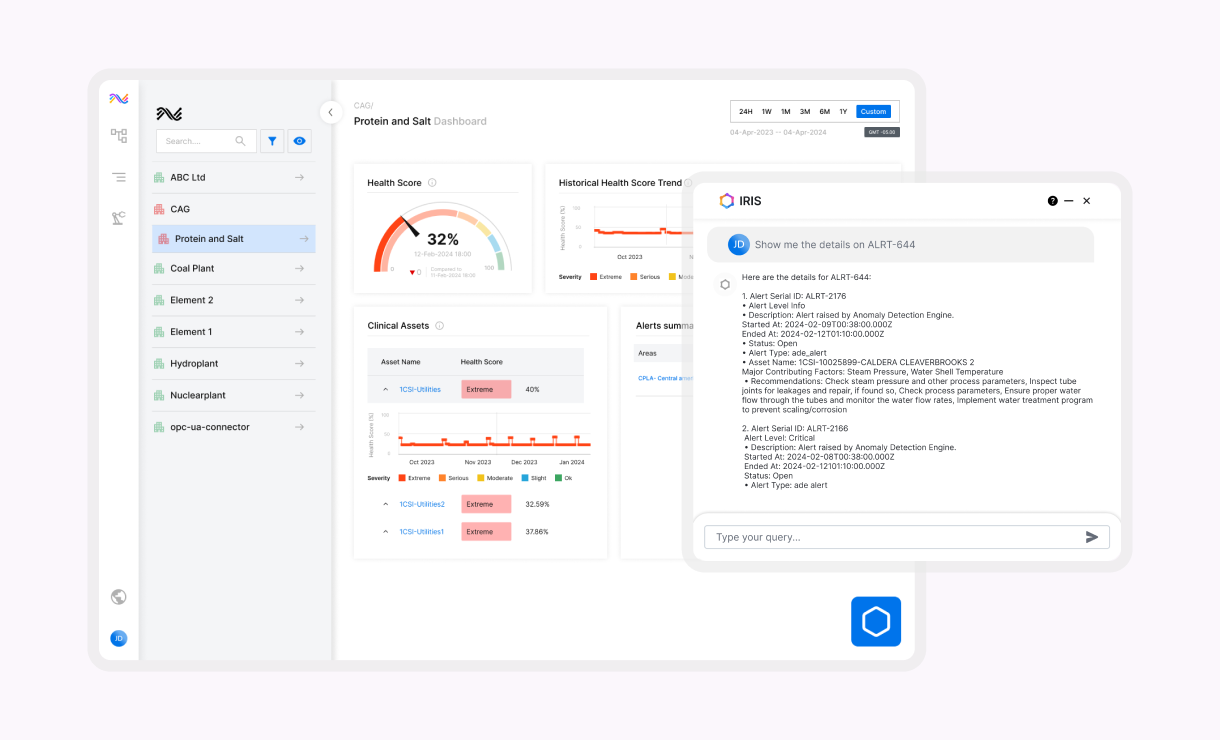
Realize cost savings and productivity gains with Manufacturing Workflow Intelligence
A unified namespace optimizes production processes, product quality, and resource allocation in real-time using data from a single source of truth, leading to cost savings and productivity gains.
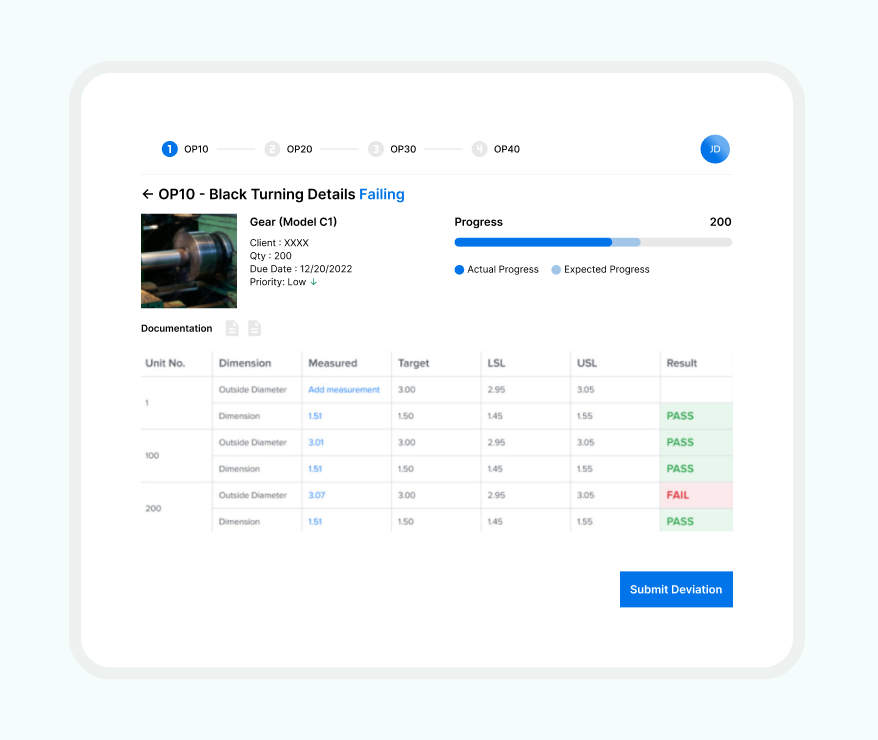
Empower operations with metrics and insights using Plant Insights
A unified namespace empowers your entire team with smart interfaces and tailored, role-specific insights and dashboards, complemented by a library of common industrial metrics and KPIs.
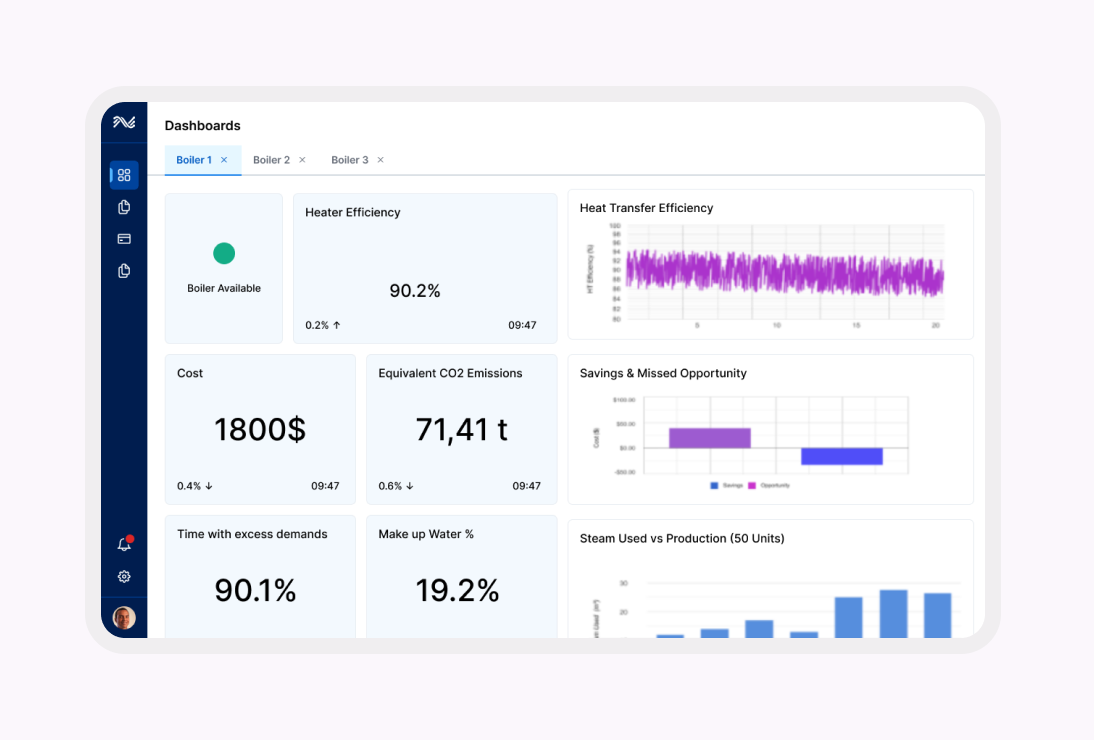
Support work quality, efficiency, and compliance with Connected Worker
A unified namespace empowers every connected worker with digitized and easily-manageable, step-by-step guidance to do their jobs right the first time (FTR) and remain compliant for inspections.
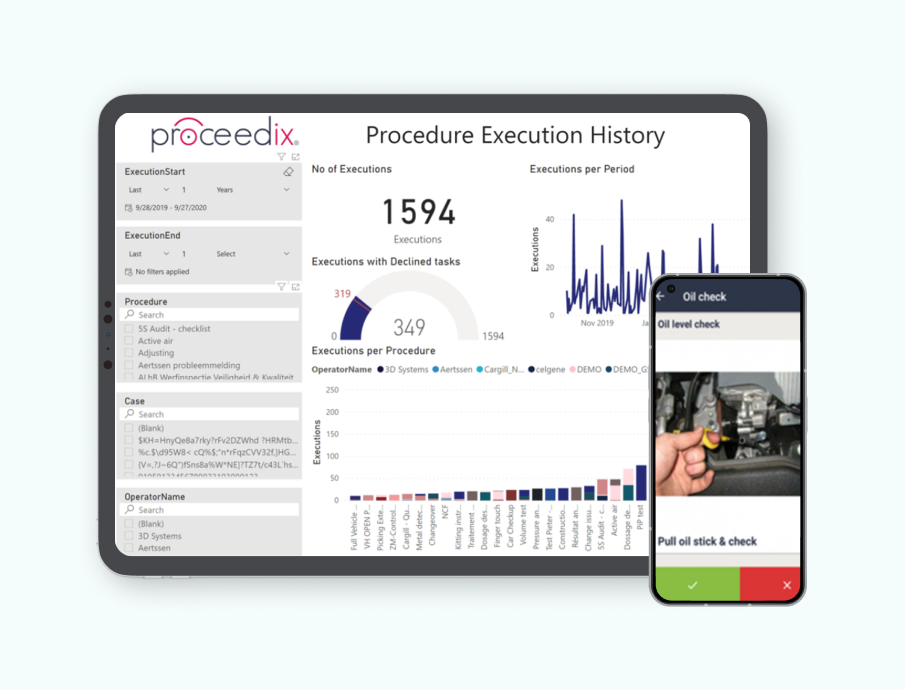
Architecting a unified namespace for industrial data
Enhance data accessibility and data integration
Amplify AI applications with a unified namespace for data integration. Simplify exploration with an industrial knowledge graph and seamlessly integrate, access, and process data from disparate sources.
Enable data processing and decision-making
Improve efficiency and responsiveness with a unified namespace to facilitate real-time data monitoring, predictive maintenance, and decision-making. A single source of truth ensures AI algorithms operate on up-to-the-minute information.
Overcome integration hurdles posed by scaling
Accommodate ever-increasing data sources and types to ensure AI initiatives can scale across sites. A unified namespace mitigates data integration hurdles with a scalable architecture that allows businesses to grow.
Address interoperability concerns
Ensure legacy systems, IoT devices, and new technologies work seamlessly and effectively with AI systems. A unified namespace eases interoperability in environments with diverse equipment and software to support data integration.
Streamline data governance, quality, and security
Support compliance and data practices while using AI technologies. A unified namespace manages data governance, quality, and security for a streamlined and effective experience.
Discover the value of a Unified Namespace from SymphonyAI
Learn more about how a unified namespace can benefit your industrial operations.
Unified namespace FAQs
The team at SymphonyAI is here to answer your questions about a unified namespace. Here are some of the most common.
The unified namespace concept applies to industrial operations and automation. The goal is to create a common data model that acts as a single pane of glass for building, developing, and scaling AI-powered use cases. Adopting this concept requires connecting and normalizing industrial data, creating a common data model, and allowing access to this trusted data in context.
ISA 95 is a commonly adopted standard for integrating information from industrial control systems to the enterprise. This standard creates consistent terminology across manufacturing environments, defines how information should flow, and provides suggested data models and objects for digitally representing operations. The unified namespace concept is not a standard but rather an approach to providing a central, consistent, real-time data architecture. The UNS structure aligns with the ISA 95 common data model but favors an IIoT-driven approach for making information accessible across the organization.
A unified namespace (UNS) is purpose-built for industrial operations and automation and specializes in handling high-volume and high-frequency time series and event data that can be accessed in real-time. Additionally, a UNS provides context in industrial environments by mapping data sources into a common data model that simplifies the understanding and accessibility of previously siloed data sources. A data lake prioritizes the storage of vast amounts of structured and unstructured data types but lacks the industrial specificity, connectivity, and common data model needed to build and scale industrial AI use cases. Data lakes are often a valuable information source for building a unified namespace.
Like a unified namespace, a universal namespace is designed to create a single, consistent naming convention. While the unified namespace (UNS) is specific to industrial environments, the universal namespace carries the same general concept that applies to other industries in the broader data management landscape.
A unified namespace is primarily implemented with industrial environments. Implementation of a unified namespace benefits organizations by integrating and managing data from diverse systems and devices to improve efficiency, operations, and catalyze digital transformation.
The primary purpose of a unified namespace is to create a single source of truth and standardized way of organizing and accessing data, organization-wide. In industrial settings, a unified namespace facilitates data integration between systems.
A unified namespace simplifies data integration and improves data accessibility. It simplifies data orchestration and provides a robust and open foundation for scalable AI solutions.
A unified namespace is a centralized system that works in real-time to provide a single source of truth and point of access for data across an organization’s vast sources. It improves data accessibility and enables interoperability. On the other hand, a data lake stores large amounts of raw data long-term, in its native-format for analysis.
A unified namespace facilitates data exchange and interoperability while eliminating the need for complex data structures. A unified namespace supports data accessibility and data integration by creating a single source of truth for data that is standardized across an organization’s IT and OT systems.
Click here to learn more about SymphonyAI’s unified namespace capabilities or reach out to the SymphonyAI team with your questions and for support.